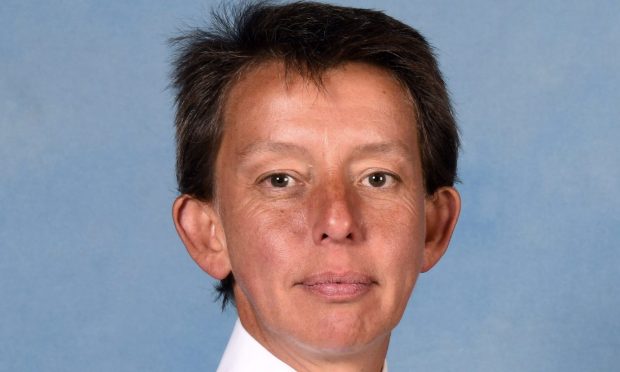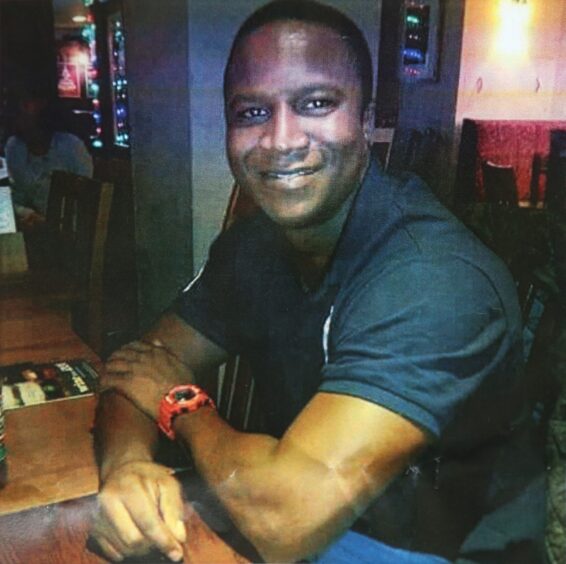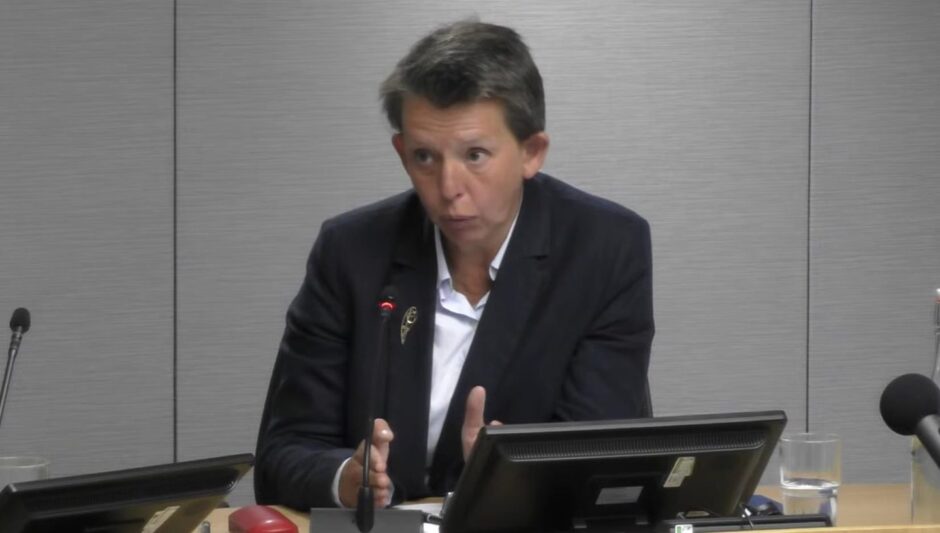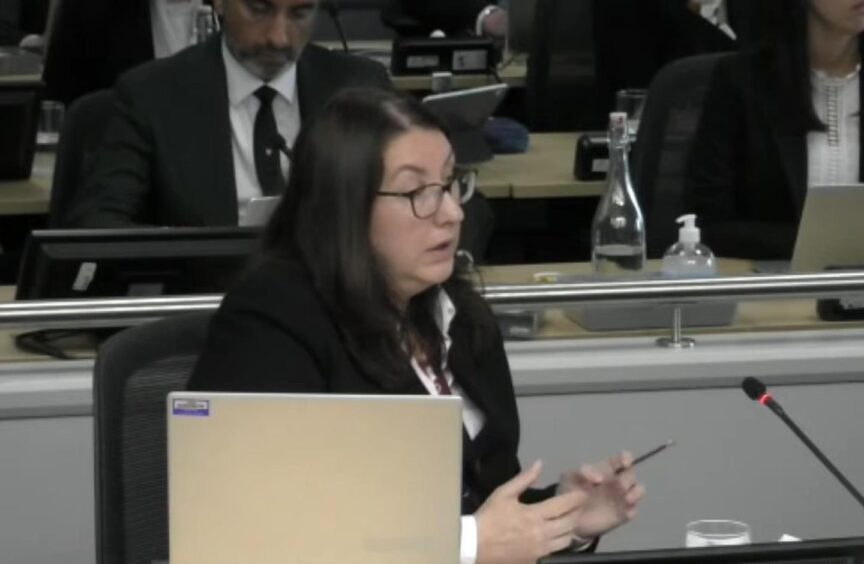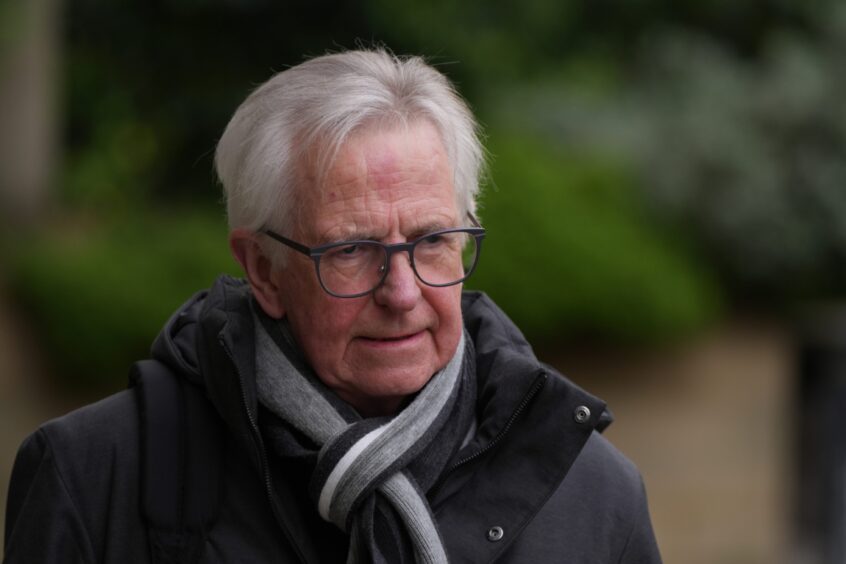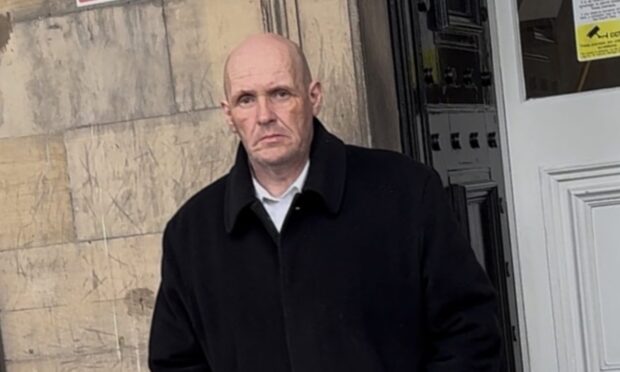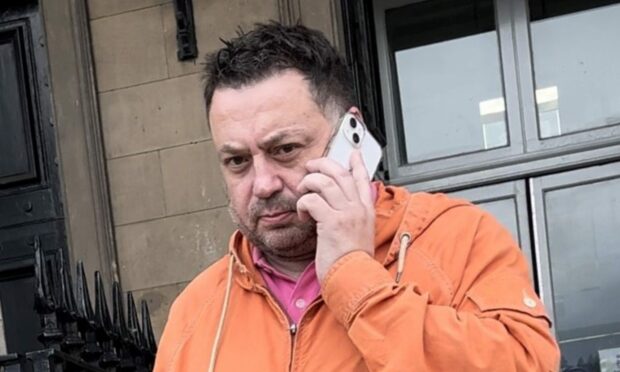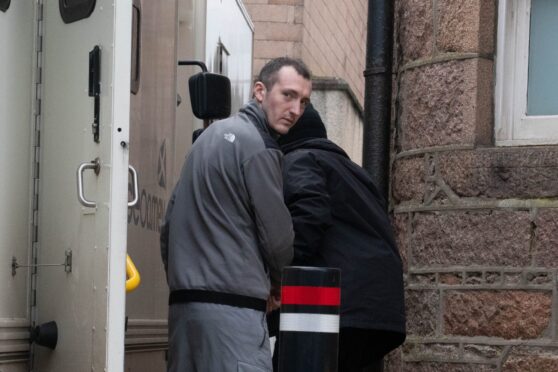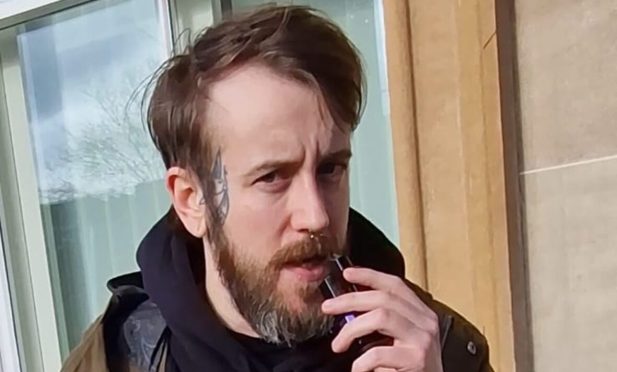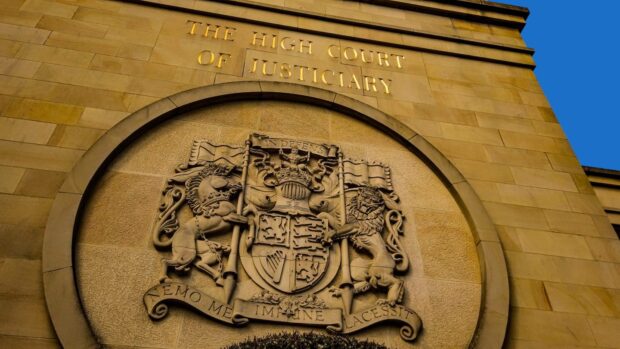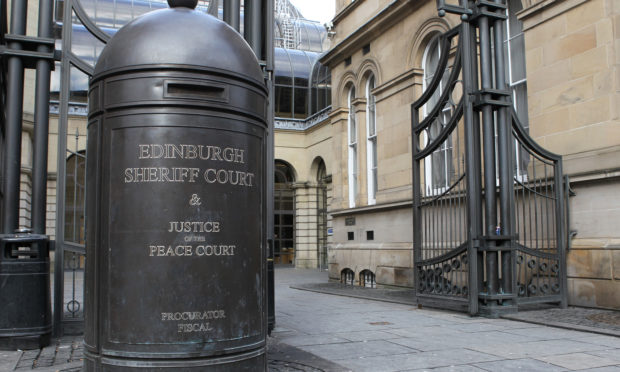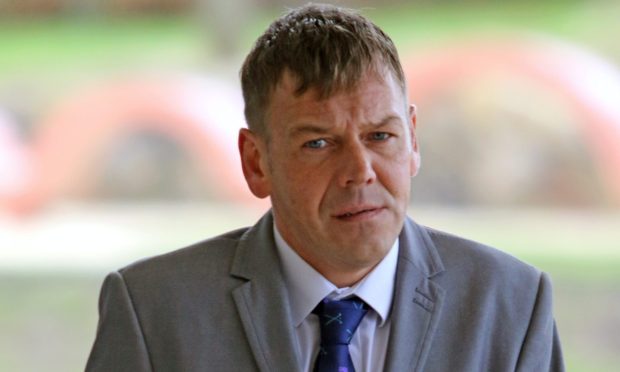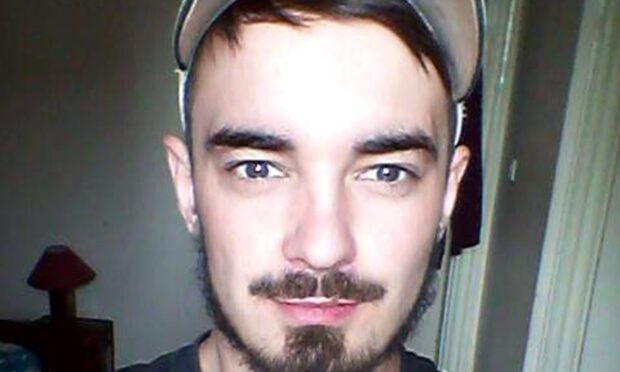Police Scotland did not receive a police watchdog investigation report that would have been “incredibly valuable” in terms of examining officers’ conduct, the Sheku Bayoh inquiry has heard.
Retired deputy chief constable Fiona Taylor, who served in her role from 2018 to 2023, spoke about the Police Investigations and Review Commissioner (Pirc) report when she gave evidence to the inquiry on Wednesday.
Mr Bayoh, 31, a father-of-two, died after he was restrained on the ground by six police officers in Kirkcaldy on May 3 2015.
The inquiry is examining the circumstances leading to Mr Bayoh’s death, how police dealt with the aftermath, the investigation into his death, and whether race was a factor.
In October 2018, then lord advocate James Wolffe decided not to prosecute any officers who were involved in the incident after Pirc submitted an investigation report.
However, the inquiry heard on Wednesday Police Scotland were never shown any of Pirc’s findings in the months following the decision.
Angela Grahame KC, senior counsel to the inquiry, told Ms Taylor: “We’ve certainly heard that the Pirc report was not sent to Police Scotland, by Pirc or by the Crown.”
Ms Taylor said Police Scotland “didn’t have that Pirc investigation to the best of [her] knowledge”.
Ms Grahame then asked her if she would have considered the Pirc report to be necessary before police could carry out its own assessment into its regulations.
She replied: “In terms of that assessment being as complete as it could possibly be, it would have been helpful to have that material, certainly.”
Ms Grahame then asked if, after the Crown Office made the decision not to prosecute officers, were there any “active lines of investigation” adopted by Police Scotland to seek further information from officers who were present during the incident following which Mr Bayoh died.
Ms Taylor said no, and that she does not “recall there being consideration” to the possibility of interviewing the officers a number of years after the incident took place.
She said she “cannot remember in all good conscience” whether there was consideration given to doing so, but added: “Certainly that activity was not undertaken.”
Inquiry chairman Lord Bracadale then interjected, asking: “It’s clear that at that point having the Pirc report which has been, as you put it, helpful at least.
“Did you explore at all with the Crown or the Pirc whether you could get the Pirc report?”
Ms Taylor replied: “You’re right, it would have been incredibly valuable.
“We may well have had that conversation but I suspect we would have pended that conversation until we understood whether the family wanted to exercise their right to review.”
Lord Bracadale then asked: “Looking to the future, would it assist those responsible for misconduct reports in the police to have the Pirc report at a point where proceedings were not being taken?”
Ms Taylor said: “Yes sir, I think it would.
“This is a set of circumstances that we can experience on occasion with Pirc, that they have carried out an investigation.
“They still have the report, and because the investigation is being carried out by Pirc investigators, Police Scotland doesn’t have that statement or indeed all the facts in front of them, so yes I think that would be incredibly valuable.”
During the afternoon session, Ms Grahame asked Ms Taylor what steps Police Scotland have taken since Mr Bayoh’s death to ensure it is an anti-racist organisation.
Ms Taylor said there is “work to be done for us organisationally to become a truly anti-racist organisation”.
She added: “To understand what that means, and to integrate our determination to become an anti-racist organisation into every element of policing activity.
“Now, I don’t think that was the case in 2015, I wasn’t here, but certainly the work that I have done, the work that I did in my tenure in Police Scotland, very much focused on how do we become a different organisation, a better organisation, an organisation which actually understands what it means to be anti-racist and what that then means in terms of discharge of those powers and responsibilities that are bested within police officers.
“Also what that means in term of the culture within the organisation, to ensure that it nurtures, supports, values and progresses every single individual, police officer or police staff within the organisation.”
The inquiry, taking place in Edinburgh, continues.
